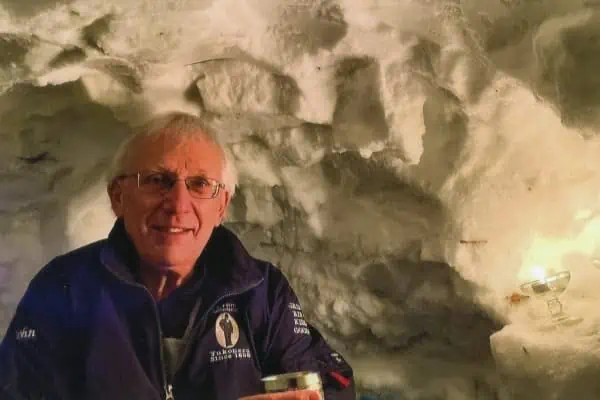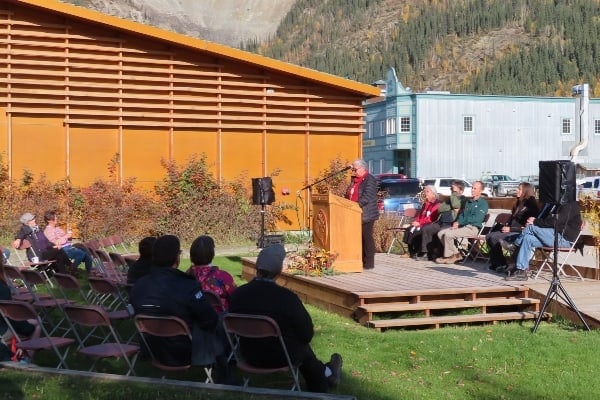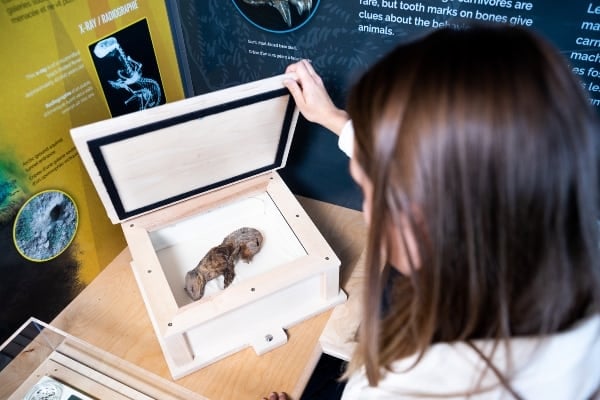On a cold and cloudy February day in 1899 a group of eleven men boarded the City of Seattle, a ship bounded for Skagway, Alaska. Some were former gold miners who had been North before, and could not stay away; others were entrepreneurs and businessmen.
In the ship saloon they found themselves telling tales from the Klondike Gold Rush, and the true North. It was that evening that the first meeting of the Arctic Brotherhood occurred.
They didn’t know yet, but their fraternal organization would reach 10,000 members, and become one of the most influential orders in Alaska and the Yukon.
In her recent first-published book, The Arctic Brotherhood, Ashley Bowman starts with a chronological history of the brotherhood.
Bowman has spent five years in Skagway, where she worked for the National Park Service and researched her book.
“It only took me two month to write the book,” Bowman says. “The research on the Arctic Brotherhood was the huge part and it took me two years. I talked to descendants of the Arctic Brotherhood and I visited archives.”
The organization had 32 camps, all over Alaska, the Yukon, and British Columbia.
Some of the buildings still stand. The Hall of the Arctic Brotherhood in Skagway, Camp No 1, with its front made of driftwood, is one of the most photographed buildings in Alaska.
“The Artic Brotherhood Hall in Whitehorse doesn’t exists anymore,” Bowman writes, “but Camp No 4, which was in Dawson City, still stands; it is the building of Diamond Tooth Gertie’s (Gambling Hall).”
The book offers a lot. One interesting fact is that Alaska’s petition for statehood was instigated by Big Bad Wickersham, a member of the Arctic Brotherhood, who wrote a letter to Congress. During the gold rush, Alaska had no representation in Congress, and the Arctic Brotherhood was responsible for giving Alaska that representation.
The organization lasted for over 30 years and then it faded away into history.
“What fascinates me most about the Artic Brotherhood is why they don`t exist anymore.” Bowman says.
One clue might be their membership requirements; no women or First Nations were in the brotherhood.
“I think one of the main reasons that they don’t exist anymore is that they didn`t go with the time, and included women and natives,” writes Bowman.
Still, Bowman contends the Arctic Brotherhood accomplished many of their goals. One member was responsible for creating Alaska’s first roads; another member even brought the first car to Alaska.
Bowman has since moved to Wisconsin to work as a park ranger and study social work. But she hasn’t left her curiosity behind.
“I still have the Artic Brotherhood in my mind, and I still do a lot of reading about them on the Internet. I will never lose my fascination about them.”
The Artic Brotherhood is published by Lynn Canal Publishing and available at Mac’s Fireweed Books for $18.95.




